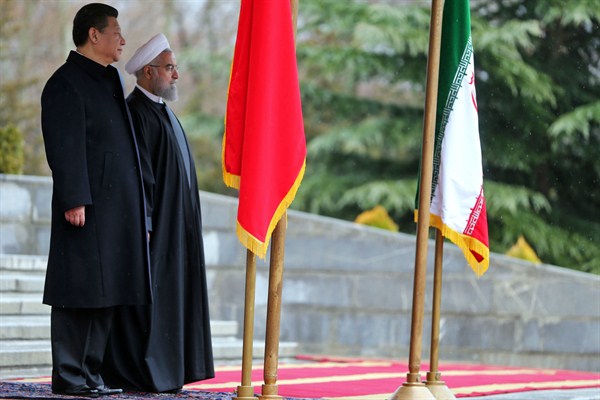The lifting of international economic sanctions on Iran following the 2015 nuclear agreement opened the doors to what many observers expected to be a rush of foreign investment. Yet lingering restrictions from the United States and the decision in October by the Trump administration to decertify the Iran deal have kept some European firms at bay, while China has exploited opportunities in their absence. In an email interview, Nader Habibi, the Henry J. Leir professor of economics of the Middle East at Brandeis University’s Crown Center for Middle East Studies, discusses China’s involvement in Iran before and after the nuclear agreement and the risks to Chinese investments if U.S. efforts to impose new sanctions on Iran go any further.
WPR: How invested was China in Iran’s economy prior to the nuclear agreement?
Nader Habibi: Prior to 1979, the Shah of Iran did not show much interest in relations with China because Iran was an ally of the United States. But after the Islamic Revolution in 1979, Iran’s diplomatic relations with China gradually improved. In May 1989, Iran’s then-president, Ali Khamenei, visited China and called for the expansion of economic relations between the two countries. This visit paved the way for a visible growth in bilateral trade between Iran and China in the 1990s as Iran focused on reconstruction after the Iran-Iraq War. In 2004, in the most significant agreements up to that point, Iran signed an oil deal with China worth $20 billion and a 30-year agreement to sell natural gas to Beijing for $75 billion.

